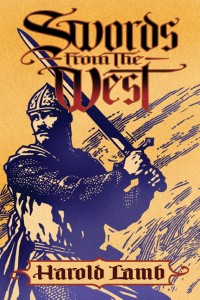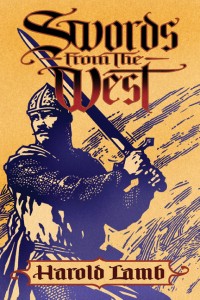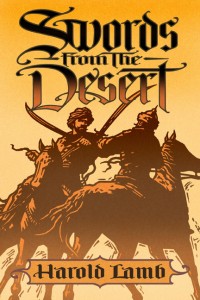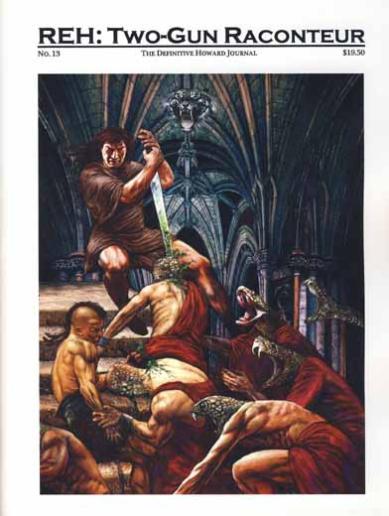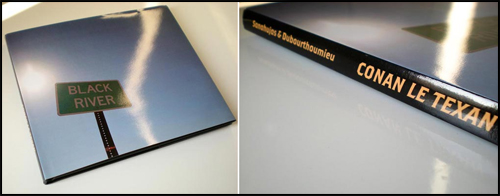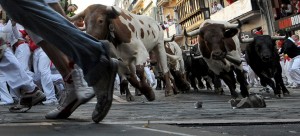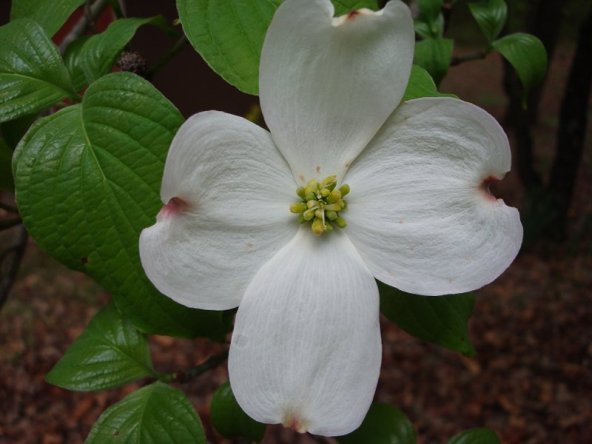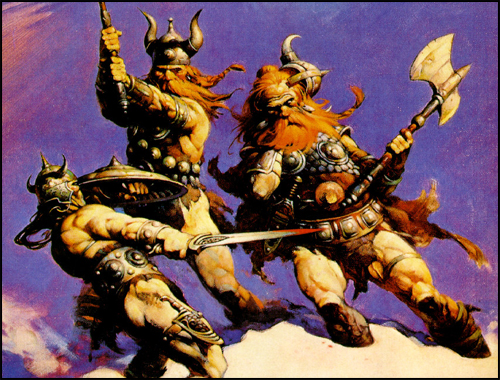
I’m glad Bates is abandoning the restrictions against atmosphere stories. In a letter to me, some months ago, he said they preferred stories with a good plot and about three climaxes, I believe it was. Of course, he knows what the readers want, and I don’t blame him for trying to supply the demand. But as far as I’m concerned, a plot is about the least important element in a weird story. — Robert E Howard, Complete Letters Volume 2, page 230
I was kind of startled to see that admission. Howard critics, including some of his editors, have remarked on weak plotting, often over-ridden with coincidence, as one of his faults as a writer. Maybe, I thought, he only put plot on the back seat in case of the weird tale, when atmosphere and character might be more important. Not so.
Several pages later, Howard adds, speaking of “Lord of Samarcand/The Lame Man”:
But it’s the sort of thing I like to write — no plot construction, no hero or heroine, no climax in the accepted sense of the word, all the characters complete scoundrels, and everybody double-crossing everybody else.
I must admit that I missed that the first time I read it — being more focused on what it said about the characters Howard liked to use — but it again emphasizes his dislike of plotting. No wonder he preferred as is noted here and elsewhere, rewriting history in the guise of fiction. Here is a splendid example, again taken from Complete Letters Volume 2:
Relatives of mine were in Galveston when it was washed away in 1900, but fortunately all were saved, though many of their friends were drowned. One of their friends, having been out of the city at the time, hastened back to find that his whole family had perished. He fell like a dead man and when he recovered consciousness, days later, his hair was white as snow. Aye, men’s hair turned white then, and the hair of young men and the soft locks of girls. And then was a woman who walked across an ironing board from one crumbling building to another, stronger one, with a child in her arms, and the black night howling over her and the screams of the dying in her ears — the black waves foaming and lashing under her feet and the corpses wallowing and bumping against her feet. And just as she stepped into the comparative safety of the other building, the walls she had left collapsed and thundered into the raving waters and [she heard the] screams of her friends [as they] were drowned — with hundreds of others, [and] their bodies were never found. [..]
God, what black horror must have gripped the hearts of the people, when the doom of winds and waves struck them in the night — when they rushed from their houses with the thunder of the crumbling sea-wall in their ears, and were caught in the black madness that thundered over the doomed city — that shattered their walls, broke their roofs, swept their houses away like straw and strewed dead bodies for a hundred miles along the marshes.
[. . .]
Trains, halted by the rising water on the mainland, were deserted by their frenzied passengers — and these passengers told tales of corpses floated up to the windows that seemed to fumbles at the panes with dead fingers.
— Robert E Howard, Complete Letters Volume 2, page 321-2
I’m not sure how much of that is fact, how much is urban legend, and how much is purely Howard’s imagination, but it sure is a hell of a piece of story-telling, set free from any need of plot construction. It’s kind of a shame not much of that found its way into the finale of “Marchers of Valhalla,” but that story seems to be one of those that becomes hardly more than an outline as it reaches its end.

